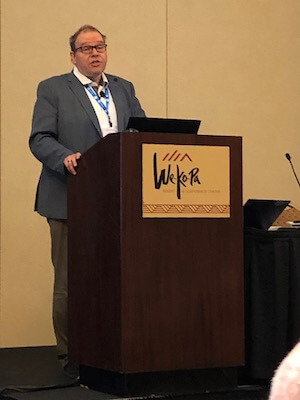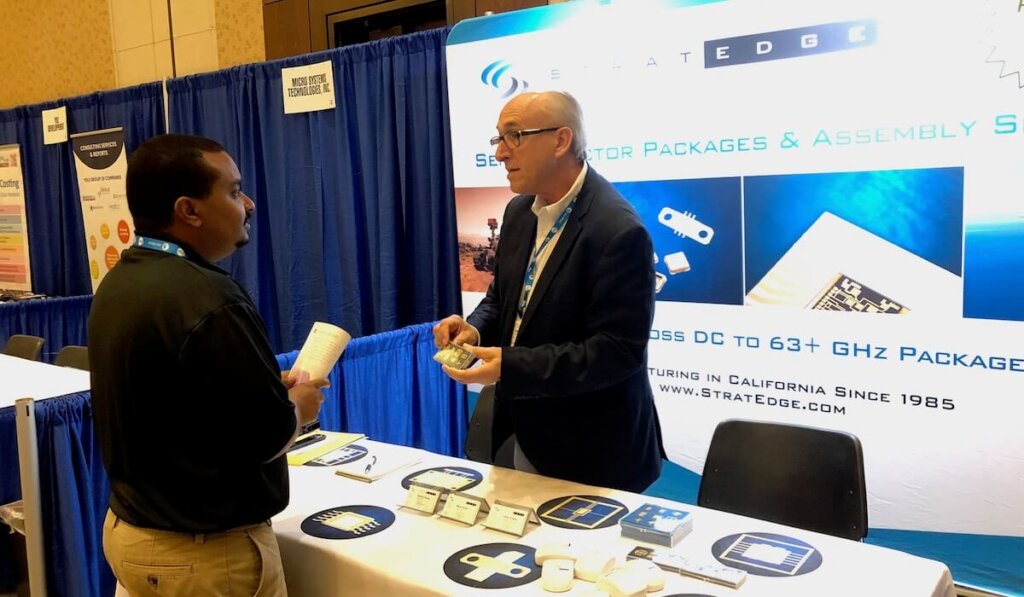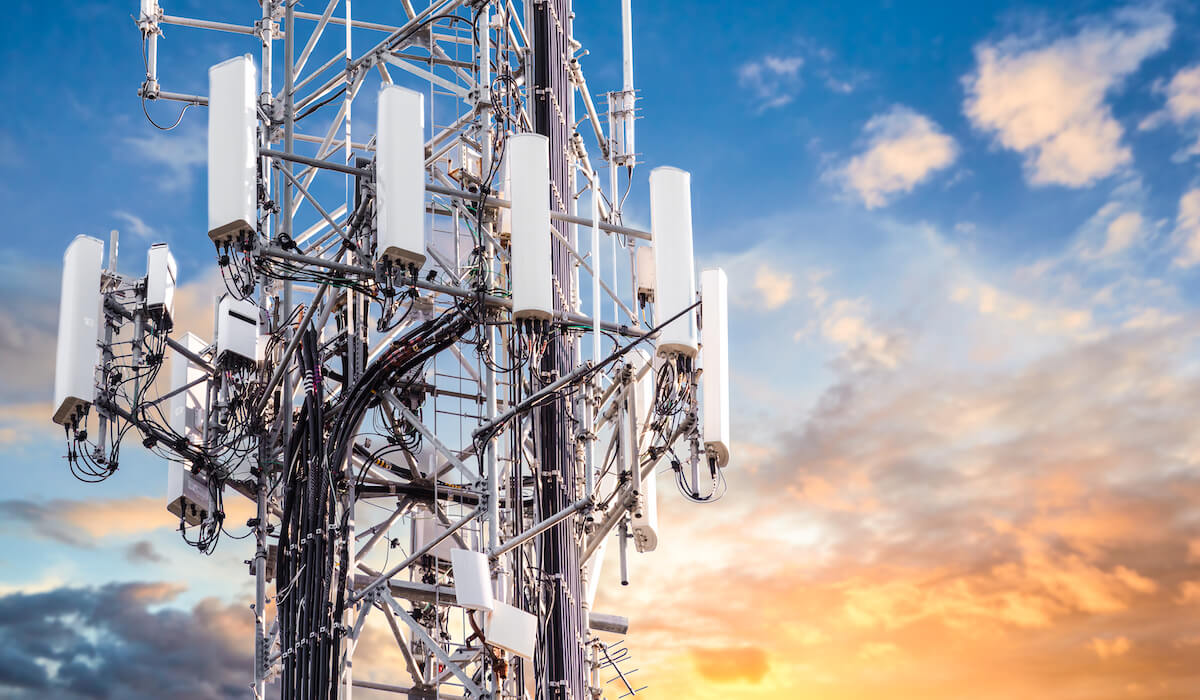At last month’s IMAPS Device Packaging Conference, when I was not in keynote sessions, I was spending time chatting with industry colleagues to get their take on industry drivers. In all honesty, there was less talk about technology and more about the Coronavirus, which was still just barely hitting US shores. At the time, IMAPS was still pushing ahead with its SiP Conference, scheduled for June. Since then, the event has been postponed until next year as has the new Technology Crossover Extravaganza, which was originally scheduled for later this month. It’s amazing how quickly things have changed in just a matter of weeks. I wonder what those same conversations would look like now?
Take the 5G rollout, for example.
As we learned from Christian Hoffman, Qualcomm Germany RFFE GmbH in his keynote, mobile device networks are the largest technology platform in human history, and 5G is going to make it even bigger. But 5G is different than its XG predecessors. Hoffman defined it as a network designed around multipurpose wireless communication that uses all spectrum types and bands. These different bands have different data rates. As a result, 5G handsets are getting crowded and needs a system-level approach to get more and varied silicon beyond what fits in a standard lithography reticle (used for SoC designs.) This is where heterogeneous integration and advanced system-in-package (SiP) approaches come in.

The Impact of Coronavirus
“The 5G momentum is unstoppable,” declared Hoffman. “Not even the Coronavirus can stop it. Mobile World Congress was canceled due to the coronavirus, but it didn’t stop us. We’ve found new ways to communicate with companies and showcase our new technologies.”

But that was before the news came out that the 5G rollout is slowing as standards work is suspended, due to the Coronavirus. And just this week, I read that South Korea’s leadership position in the 5G rollout is in jeopardy because of the virus. Like the 2020 Superbowl, Tokyo 2020 Olympics was expected to be a global platform that would showcase 5G capabilities to the world. But since the Olympics have been rescheduled for 2021, it is still possible that showcasing 5G will still be a big part of the festivities, even if it is delayed.
When the 5G Rollout Happens
Hoffman said he envisions a world where mmWave technology is deployed only in high-density areas such as city centers and special events – for example, the Super Bowl and the Olympics, where data rate speeds really matter.
Automotive applications will require a combination of lower frequency 5G and mmWave technology. Vehicle-to-vehicle (V2V) communication will use mmWave technology so that cars can talk to each other and warn about obstacles. Vehicle to cell (V2X) communication will be most possible in densely populated areas, where 5G small cells will be deployed on every light post to compensate for the limits mmWave technology. In rural areas, the network will shift over to lower frequency 5G that goes a mile or more, so they don’t have to be close together, Hoffman explained
The Last Mile
The 5G architecture is a big driver for 3D InCites Community member, StratEdge Corporation, which offers gallium arsenide (GaAn) products used in power amps for 5G base stations. These compound semiconductor chips are efficient for high-frequency, low range requirements of mmWave technology, explained, Tim Going, CEO StratEdge.

Tim explained how the idea that the 5G infrastructure will shift over completely to mmWave technology is a misconception, due to the nature of mmWave, which while providing high bandwidth over high frequencies, has a limited range and can’t go around or through objects. As a result, mmWave will be relegated to areas where the small cells can be located in close proximity to each other and will be used for what is known as “the last mile.”
“The last mile brings high bandwidth mmWave technology to our homes and businesses without needing to dig up the streets, as a replacement for fiber optic technology,” explained Going.
I have to say, these conversations cleared up a lot of confusion for me. I was working from the assumption that “True 5G”meant 100% mmWave, and what is being called 5G now is really “5G lite”. I couldn’t see how True 5G would ever become a reality. Whenever it finally happens, TRUE 5G will end up being all of the above, configured to leverage its advantages of varied bands and data rates based on the deployment environment. ~ FvT





















